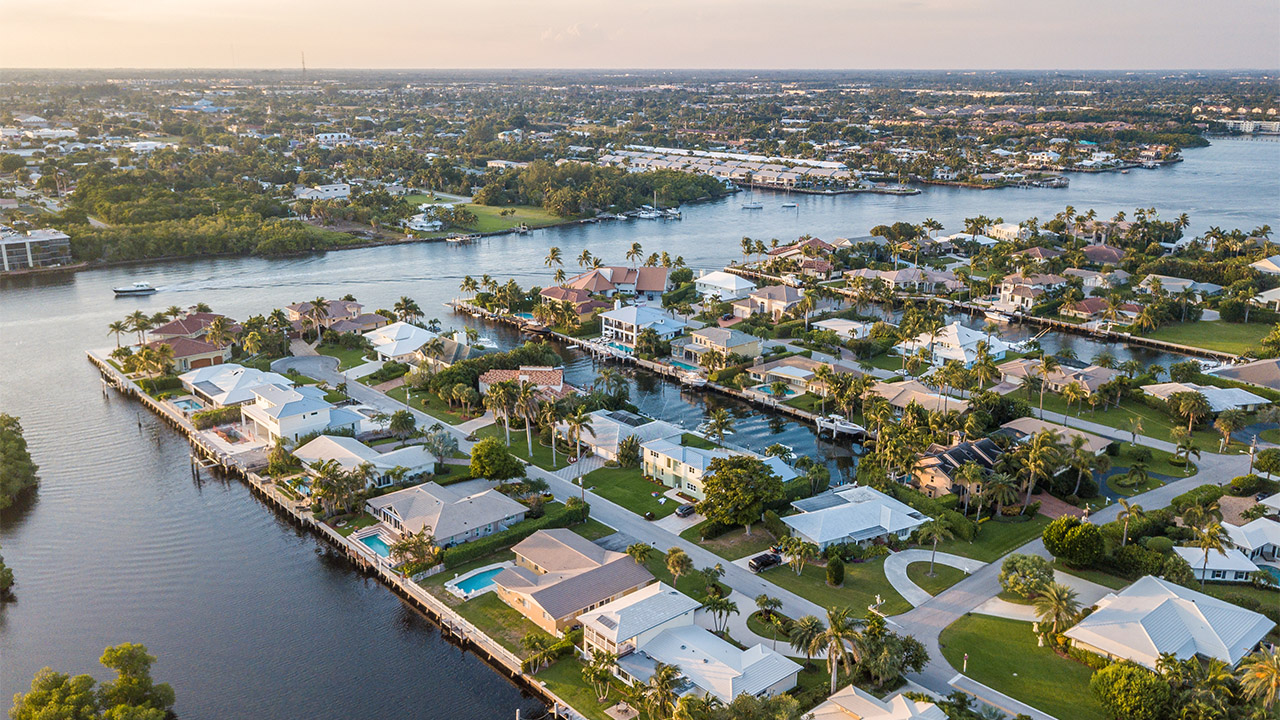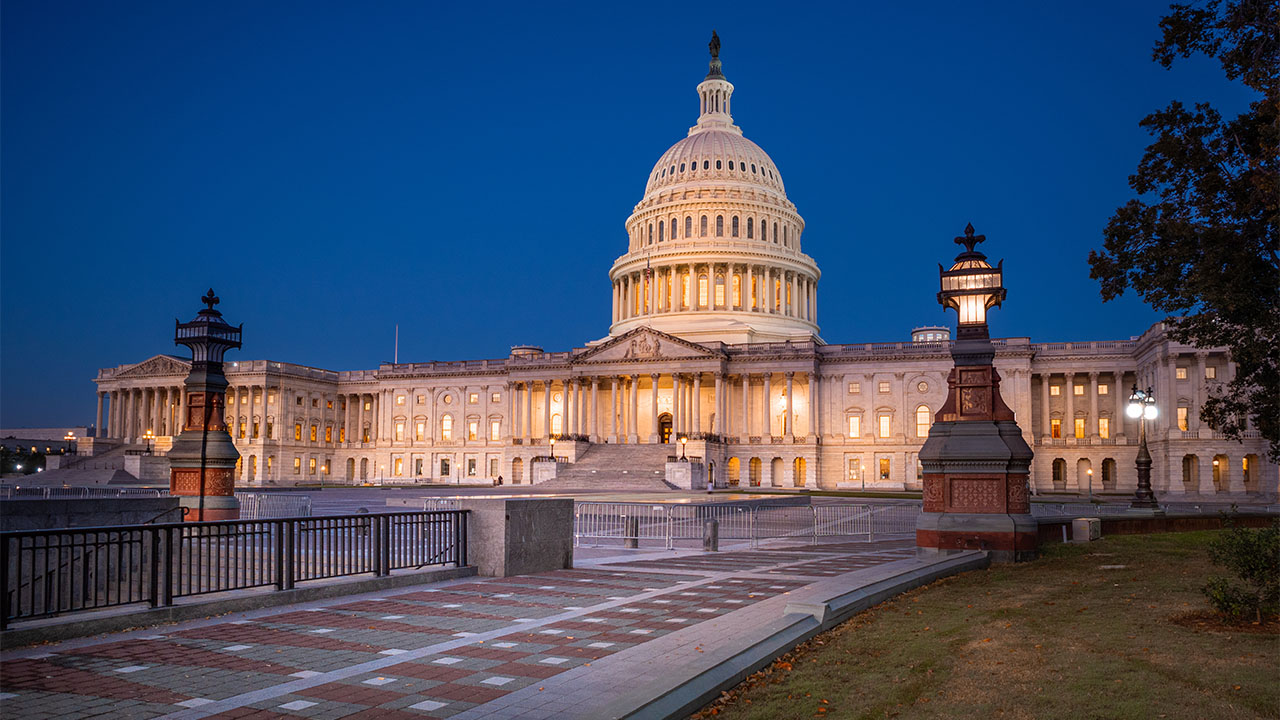America is weird. Both of them
When thinking about America, most Brits will conjure up pictures of Orlando’s theme parks, New York’s iconic skyline, or the ‘make believe’ of Hollywood’s California beach culture – all lifeguards, flash cars and soft top sports cars.
Very few will think of the vast tracts of land, small towns and rustbelt cities which make up the 4000 miles of ‘flyover states’ connecting the two coasts.
And whilst dividing the nation into binary coastal and inland, or urban and rural, or north and south is overly simplistic, it is a useful way to get a feel for what is really happening in, and threatening, the lives of many, many Americans.
First, let’s grasp who lives where?
The rural population of America is flatlining. At about 57 million people – roughly the same as the UK but spread across an area 40 times larger – it is where it was in 1960.
Compare that to urban America, where the population has grown from 125 million to 275 million in the same 6-decade span.
It is also intriguing to look at the racial make up of the nation. Of the 330 million people who call America home, a shade under 200 million of them are white. It is easy to buy into the falsehood that ‘rural’ can be a synonym for ‘white’, but the facts show 1 in 4 rural residents are people of colour – Hispanics, African Americans, Native Americans and Asians.
There are different regional stories to tell here, of course. The rural southern states with a high Black population are in some ways experiencing the legacies of slavery and Jim Crow segregation laws which have had a lasting effect on economic and social mobility. And states in the West and Southwest have seen increased Hispanic populations as the gas and oil sector and industrial scale farming looks for labour to perform the back breaking work in the fields and high plains.
It is also wrong to assume ‘rural’ means ‘Trump’. All that moving around has an impact on elections.
While the ‘Orange One’ is hugely popular with White, Male, Non-College Educated, Rural voters – he makes little impression in Southern states and counties with large Black population – 98% returning Biden in the last Election.
In states and counties with growing populations, Biden beat out Trump too, and in rural areas with large tourism and hospitality sectors – Casinos, Ski Resorts, Theme Parks, Restaurants – Biden out-scored Trump again. This may also be in part because those sectors are highly unionized and the power of organizing and getting out the vote can be counted on too.
So, while the Southern Border Wall and Immigration Bill are political hot topics in the media, migration within the US has an interesting story to tell too.
Florida was the fastest growing state last year for the first time since 1957. The population is now more than 22 million, largely fuelled by the 3 million people who moved here in the last decade. In fact, without migration, Florida wouldn’t have grown at all, with 567,881 deaths exceeding its 478,834 births.
To put that influx in perspective: If Florida’s growth were a state of its own, it would be the 33rd biggest — bigger than Arkansas and only slightly smaller than Nevada.
Understandably people love Florida. We have great weather, great beaches, a growing economy, and no state income taxes. Take note place makers – ‘Sunshine and Low Taxes Do Make Paradise.’
In the last two years alone, more than 600,000 new residents came to the Sunshine State from other parts of the country.
Again, it’s easy to assume the newbies all flocked to the coast for the sea, sun and sand but that simply isn’t the case. Of the 10 of 67 Florida counties which attracted the highest number of new residents, 4 are in the state’s interior with no coastal border. Same for three of the five counties with the fastest growth rate which all grew by at least 35% during the last decade.
And these aren’t all wealthy New Yorkers rushing to live with the Seinfeld’s at Del Boca Vista village.
While 40% of new movers fleeing Gotham cited retirement as the prime reason for their move, an increasing number of people who relocate to Florida have something else in mind – making a fortune and good quality of life.
More than 35% of those who recently relocated to the state are households of at least three people, suggesting children still young enough to live at home, and a similar number are households under 50 years of age.
Sure, a growing population has many upsides. The influx bolsters the economy by attracting and feeding businesses which in turn supports jobs, which puts money back in people’s pockets, which they can then spend at some of those same businesses.
It can be a virtuous circle. But so much growth also comes with challenges, like trying not to undermine what makes Florida such a great place to live in the first place. After all, Florida isn’t creating new land on which to put all these new residents.
This stream of humanity to Florida – and Texas to the West – poses a big challenge: How do we accommodate so many new people while ensuring paradise endures?
And with Florida projected to hit 25 million residents by 2030, challenges like global warming, climate change and sea level rises are real issues. I live a few miles from Florida’s highest peak – Britton Hill – it is a colossal 345ft above sea level.
Development continues unabated. Our barrier islands and coastal communities are packed with people, putting them and everything they own in harm’s way.
Last September, Hurricane Ian blasted Fort Myers, Lee County – home to 178,000 more residents than 10 years ago. That’s 178,000 more people who got in the way of one of the most powerful storms to strike Florida in modern history.
No wonder it was also one of the most destructive, it had 178,000 more people’s homes, cars, boats, businesses, and lives to destroy. People are of course free to move where they want, but our local government, state leaders and elected officials need to start planning for what comes next and how to manage it.













